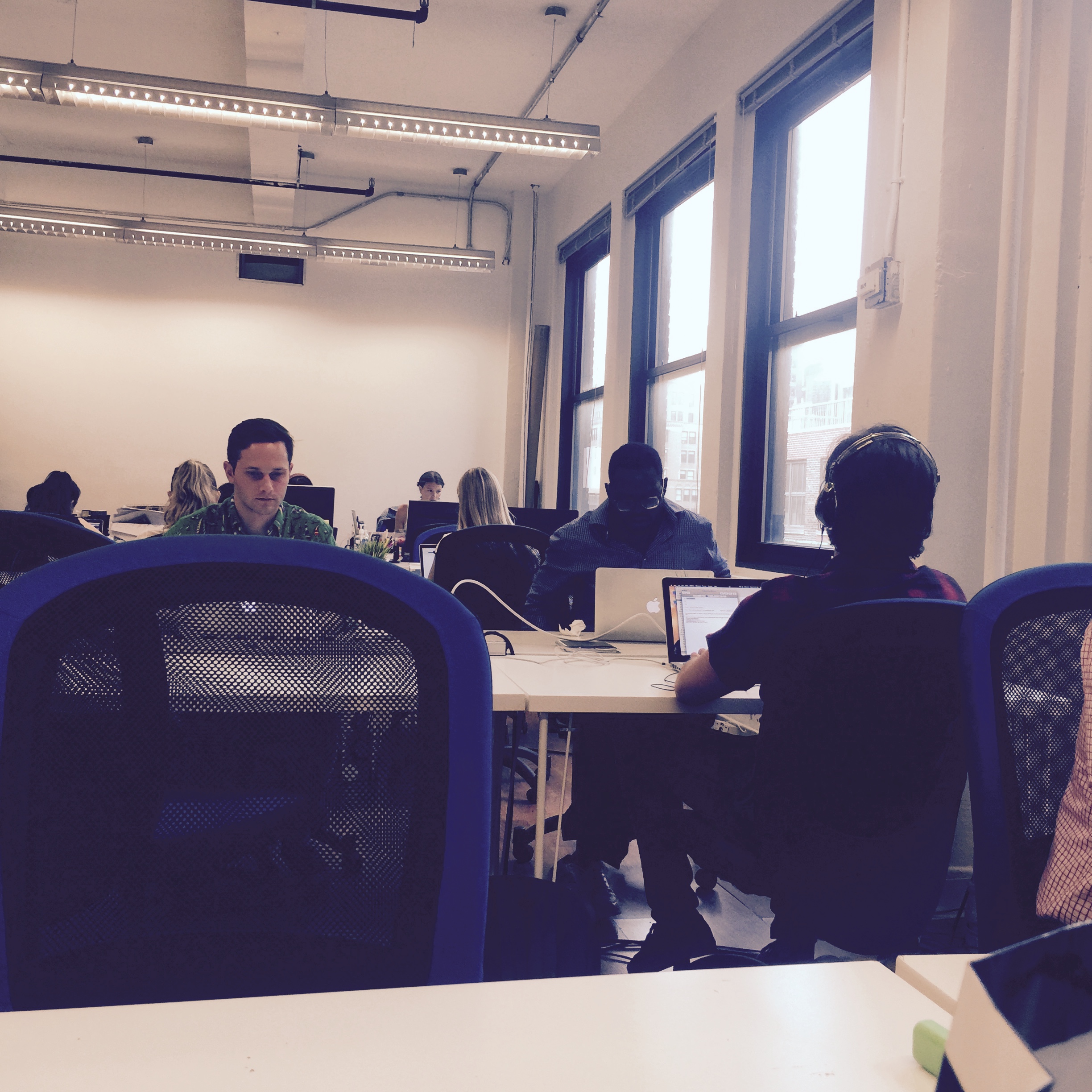
Brand + Business x Christine Moody*
I’ve been lucky enough to have an amazing career. I’ve worked across a huge cross-section of industry sectors with a diverse client base. My experience is backed up with formal post-graduate university studies (from design, to business, to advertising, to research, to applied law). Where some may see my experience and studies as too diverse, the pivots have been strategic and deliberate. Each one helps to keep me ahead of the pack and provides a realisation that continuous professional development is crucial to stay relevant—in business and in life!
Constant pivoting though can mean that you’re working in an unknown industry. You become the recipient of comments like, “You’re experience and work is amazing, but you don’t have experience in our industry”.
You’re work experience is amazing, but you don’t have experience in our industry.
Work experience in a particular industry isn’t just a graduate issue. It’s an ongoing issue for many of us throughout our working life.
When creating your personal brand, you need to be able to convince your potential client, employer et al, that your skills are transferable to any industry. It will never be an ‘exact match’ but by demonstrating how you moved from one particular sector to another and how you overcame the challenges goes a long way to securing the project or the job.
You can even turn a lack of experience in a specific industry to your advantage. When I was developing ‘The Wrap Dress’ concept, I didn’t have a fashion background, but I was hungry to learn. I approached the product development by asking lots of questions and listening—to everyone from manufacturers, to pattern makers, to fabric suppliers. I didn’t have any pre-conceived ideas or constraints around the fashion/garment industry, so I had the freedom of moving around and working out what was and wasn’t possible.
So when I’m approached by potential employees or suppliers, I seek to find out firstly their attitude and secondly, thirst for learning. I don’t expect anyone to know my business exactly, but I want someone who is willing to learn and is happy to do so.
Attitude trumps experience every time because you cannot teach attitude!
If you need to prove a point and you are up against “but you don’t have any experience”, ask for a small project to prove yourself. Use the project to demonstrate your unique value and your problem-solving ability. Ask for work experience (no matter what your age) as nothing beats on-the-job experience to showcase your skills (think ‘The Intern’ movie).
As an aside, I continue to be overwhelmed by the positive feedback coming in for my book—Designer Law School. Legal lessons for design entrepreneurs. Here is another comment that I wanted to share:
This is a book you should read before starting any new business.
Jan O’Connor, Cofounder, T2; and Director, Environa Studio
…………………………………………….
*Christine Moody is one of Australia’s leading brand strategists and the founder brand management consultancy, Brand Audits. With more than 30 years’ professional experience, Christine has helped a diverse client base of local and international brands, including Gold Coast City Council, Hilton Hotels, and Wrigleys USA, to develop, protect and achieve brand differentiation. Her particular interest is personal brand audits to assist executives realise their full potential. She is also an author and a law student.
For more information: chris.moody@brandaudits.com.au or +61 419 888 468.
…………………………………………….
About—Designer Law School. Legal lessons for design entrepreneurs
(Stockists Folio Books: Folio@FolioBooks.com.au; iBook store; and Amazon)
Christine Moody is one of Australia’s leading brand strategists. She is the founder of brand management consultancy, Brand Audits, and several successful start-up companies. Designer Law School is her latest venture.
This book is a cautionary tale for all designers, entrepreneurs, managers, and educators. With the wit and wisdom born of long experience (and some pretty hard knocks along the way), Christine encourages her fellow designers (and all designers, creatives, and entrepreneurs, for that matter) to respect and understand the legal issues that affect their daily business. In a series of practical ‘lessons’ full of ‘good-to-know’ tips and topics, the book alerts others to the risks of ‘doing business’ without a keen eye on the possible legal pitfalls along the way. At the same time, Christine engages the reader through her obvious care and concern for their challenges and encases her ‘lessons’ in the motivational framework of her personal struggle for justice and survival.
Photo credit: Matt Palmer—Photographer at BDO Brisbane offices.

 Brand + Business x Christine Moody*
Brand + Business x Christine Moody*

 Brand + Business x Christine Moody*
Brand + Business x Christine Moody*



